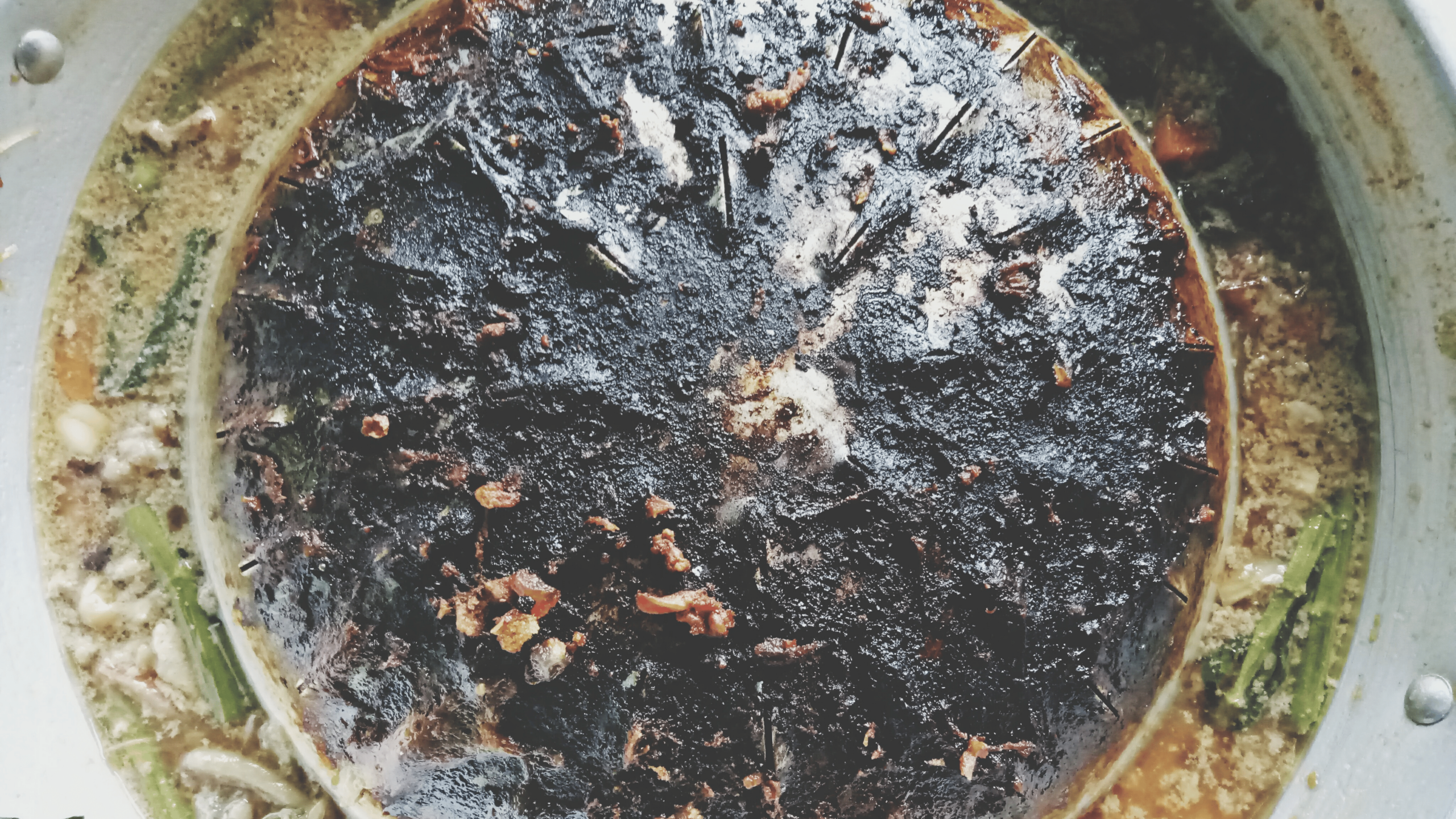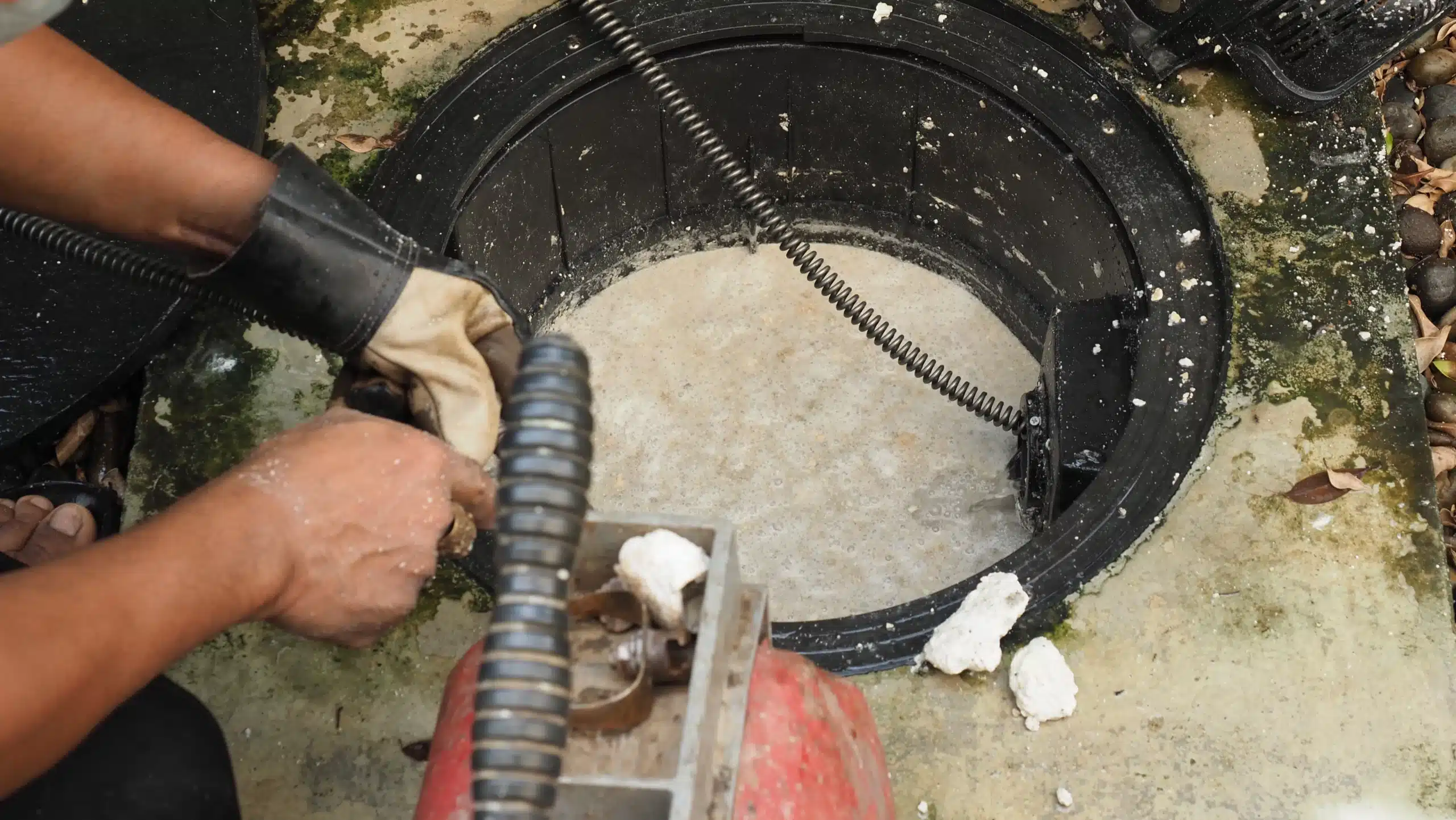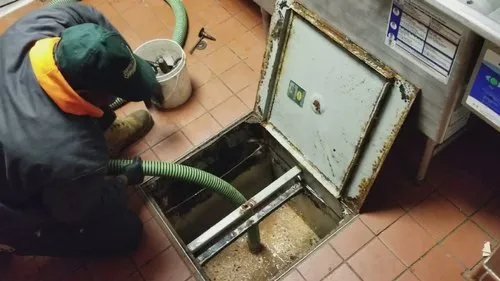In addition to being essential byproducts of the food chain, used cooking oils can be used as green raw materials to manufacture chemicals. The sheer number of WCOs accessible on the global market is staggering, and they are creating significant environmental, economic, and societal issues. However, even though organizations are dedicated to discarded used cooking oil collection services, the majority of families were unaware that used cooking oil collections could be recycled.
According to the quality of the cooking oil, it may be reused up to four instances maximum, after which the oil would become murky green in appearance.
1. As Bio-plasticizer:
It has rarely been described that used cooking oil collections are being used as a manufacturer and exporter of bio plasticizers, which is a kind of plasticizer. Plasticizers are essential polymer additives that have been used widely in the manufacture of rubbers, plastics, and adhesives. Plasticizers are also utilized in the manufacture of rubbers and adhesives. Although there has been some progress, the application of bio plasticizers derived from edible oils is still restricted, owing to the high cost of raw materials source and the detrimental effect on resource extraction from the food and feed production process.
2. As Bio-solvent:
Another helpful feature of vegetable oil is its proclivity to solubilize tiny organic compounds, which may be exploited. It was especially true when the vegetable oil is derived from wastes, and the little organic matter under consideration belongs to the family of potentially harmful volatile organic compounds. The ability of vegetable oil to trap small molecules (pollutants) was also used to develop mercury sorbent devices, which were created via the co-polymerization of sulfur and unsaturated cooking oils.
3. Production of Syngas:
Over the course of many decades, raw and used vegetable oils have been utilized as a component in biodiesel and biofuel manufacturing and for direct combustion heat generation. The generated syngas may be used as a power source or as a precursor for the production of other chemical compounds. When using crude WCO, it is essential to consider the feed concentration since it impacts the generation of H2, which declines with the quantity of feed distributed in the oil.
4. As Biodiesel:
Restaurants in the United States are increasingly giving their spent cooking oil and grease to biofuel businesses, allowing them to make biodiesel from their used cooking grease and oil. It might be attempted to replicate those establishments to make money.
5. As detergent:
It is perhaps the last use for which most people would consider repurposing leftover cooking oil. Generally speaking, soap is made from fat. As a result, used cooking oil collections services are performed to create soap as a practical option since it provides an additional method to reuse the oil and cook with it. Moreover, it is a thousand times better than just throwing the oil into the trash bin. That is unquestionably less environmentally friendly. As a result, creating soap from leftover cooking oil may be an excellent method to recycle it rather than just dumping it down the tubes or throwing it away.
So, learning how to adequately repurposed used cooking oil also entails understanding how to use it for other purposes.


